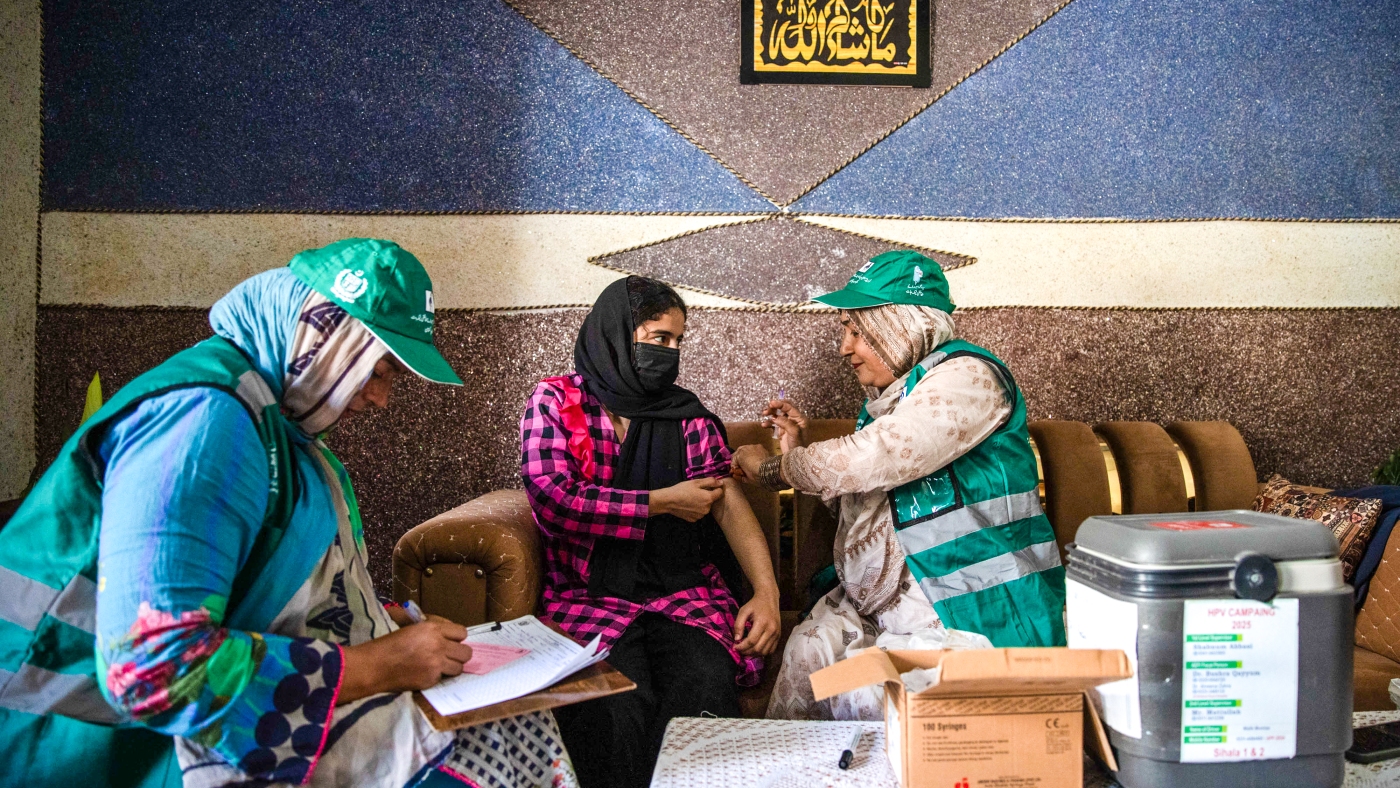Pakistan’s Groundbreaking HPV Vaccination Drive: A Win Amid Widespread Pushback
In a landmark effort to curb cervical cancer, Pakistan rolled out its inaugural nationwide HPV vaccination campaign in mid-September 2025, targeting millions of young girls. While the initiative has vaccinated an estimated 70% of eligible recipients— a solid start for a first-time rollout— it has also collided head-on with deep-seated misinformation, cultural taboos, and historical vaccine skepticism. This mixed outcome highlights both the promise of global health partnerships and the stubborn barriers in conservative societies.
The Campaign at a Glance
Human papillomavirus (HPV) is a sexually transmitted infection responsible for nearly all cervical cancer cases, the third most common cancer in Pakistan with around 5,000 diagnoses annually. Globally, it claims about 300,000 lives each year, disproportionately in low-resource regions like South Asia where screening and treatment lag. The two-week drive, supported by Gavi, UNICEF, and the World Health Organization, aimed for 90% coverage among 13 million girls aged 9-14—the optimal window for maximum vaccine efficacy before potential HPV exposure.
Free doses were administered at schools and community sites, with teams distributing permission forms and conducting door-to-door outreach. Messaging focused on cancer prevention, often sidestepping explicit talk of sexual transmission to respect local norms. Instead, vaccinators highlighted rarer routes like childbirth or contaminated medical tools (though these are improbable). Federal Health Minister Mustafa Kamal led by example, publicly vaccinating his own daughters to signal safety and trust.
Successes: Momentum Building
The campaign exceeded expectations in urban and school-accessible areas, hitting roughly 70% uptake, per Khurram Akram, technical director at Pakistan’s Federal Directorate of Immunization. “Our biggest challenge was to counter misinformation,” Akram noted, crediting persistent community engagement for the gains.
Heartwarming stories emerged: Adil Hussain, a 36-year-old hotel security guard from Islamabad, researched the vaccine online and brought his 10-year-old daughter Ayesha to a clinic. “We’ve given her all the routine vaccines before—polio, measles—so this is the same,” he said, viewing it as routine protection. Similarly, 13-year-old Fatima Khan convinced her mother after school briefings, armed with internet facts: “I told her it’s to prevent cancer, and she agreed.”
This progress could pave the way for routine HPV shots in Pakistan’s immunization schedule, mirroring successes in over 150 countries where the vaccine has slashed cervical cancer rates by up to 90% in vaccinated cohorts.
Resistance: Echoes of Doubt and Conspiracy
Yet, the drive faced fierce headwinds, particularly in rural outskirts like Bhara Kahu near Islamabad. Social media, especially WhatsApp groups, amplified rumors: the vaccine sterilizes girls, curbs Muslim populations as a “Western plot,” or harms future fertility (claims debunked by WHO data showing no such effects). Why only girls? Skeptics asked, overlooking that while boys’ vaccination protects partners, women’s cervical cancer burden justifies the priority.
Cultural friction intensified around sexual transmission mentions, which some saw as shaming implications for unmarried teens. Pakistan’s polio vaccine scars—tied to a 2011 CIA fake drive to hunt Osama bin Laden—fueled broader distrust. In one stark incident, schools preemptively rejected vaccinators, returning “no” forms en masse before families could decide. Vaccinator Rehana Khan Abbasi made three to four home visits per hesitant parent, but progress was slow. Zuleikha Bibi, a mother in Bhara Kahu, summed up the impasse: “Maybe what people are saying is true, maybe not. Only God knows the truth—we do not know.”
Supervisor Syed Ehsan Hussain reported outright bans at schools, underscoring how misinformation outpaces facts in tight-knit communities.
Looking Ahead: Lessons for Global Health
This campaign’s 70% mark is a foothold, but sustaining it demands smarter strategies: more culturally attuned messaging, influencer partnerships to combat online rumors, and perhaps involving religious leaders early. As Akram emphasized, future rounds must prioritize “building positive attitudes” like Hussain’s to tip the scales.
For Pakistan, where cervical cancer screening is scarce, HPV vaccination could be transformative—potentially averting thousands of deaths yearly if scaled. Globally, it spotlights the equity gap: while high-income nations boast near-elimination of HPV-related cancers, low-income drives like this one battle not just logistics, but human fears. As one expert put it, success here could inspire neighbors like India and Bangladesh, proving that persistence pays off even amid resistance.
